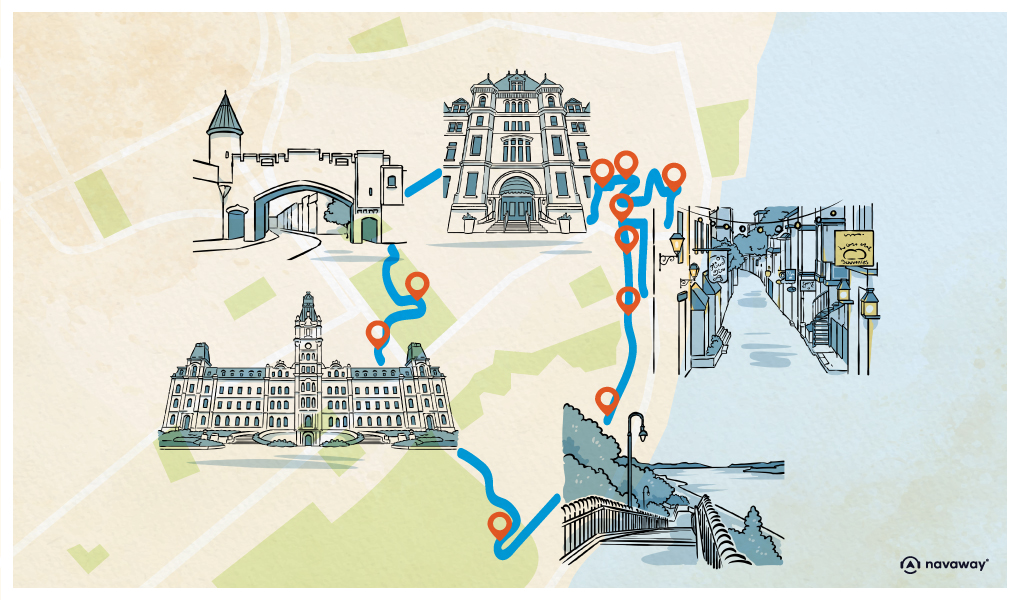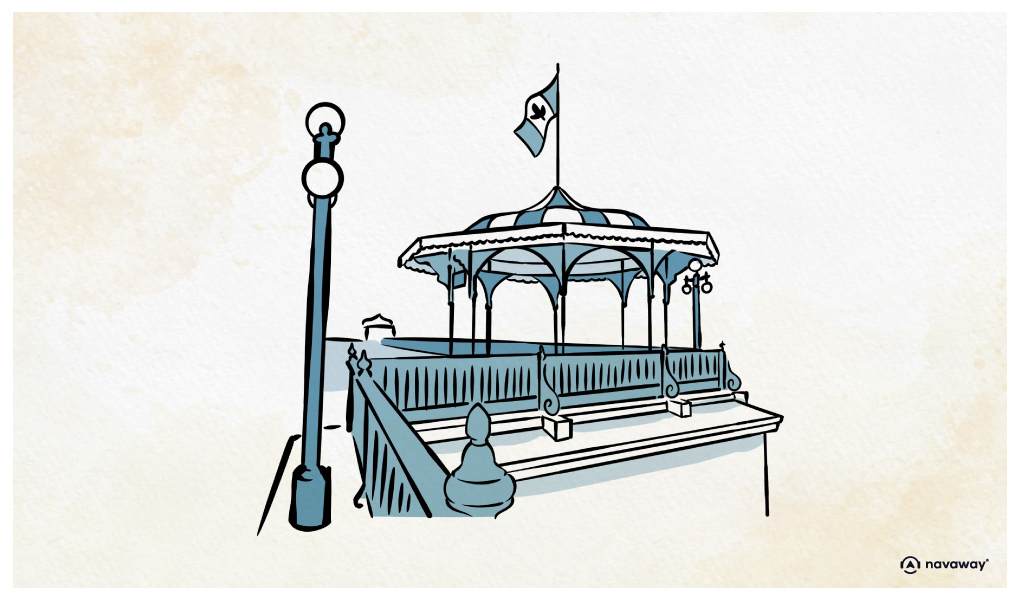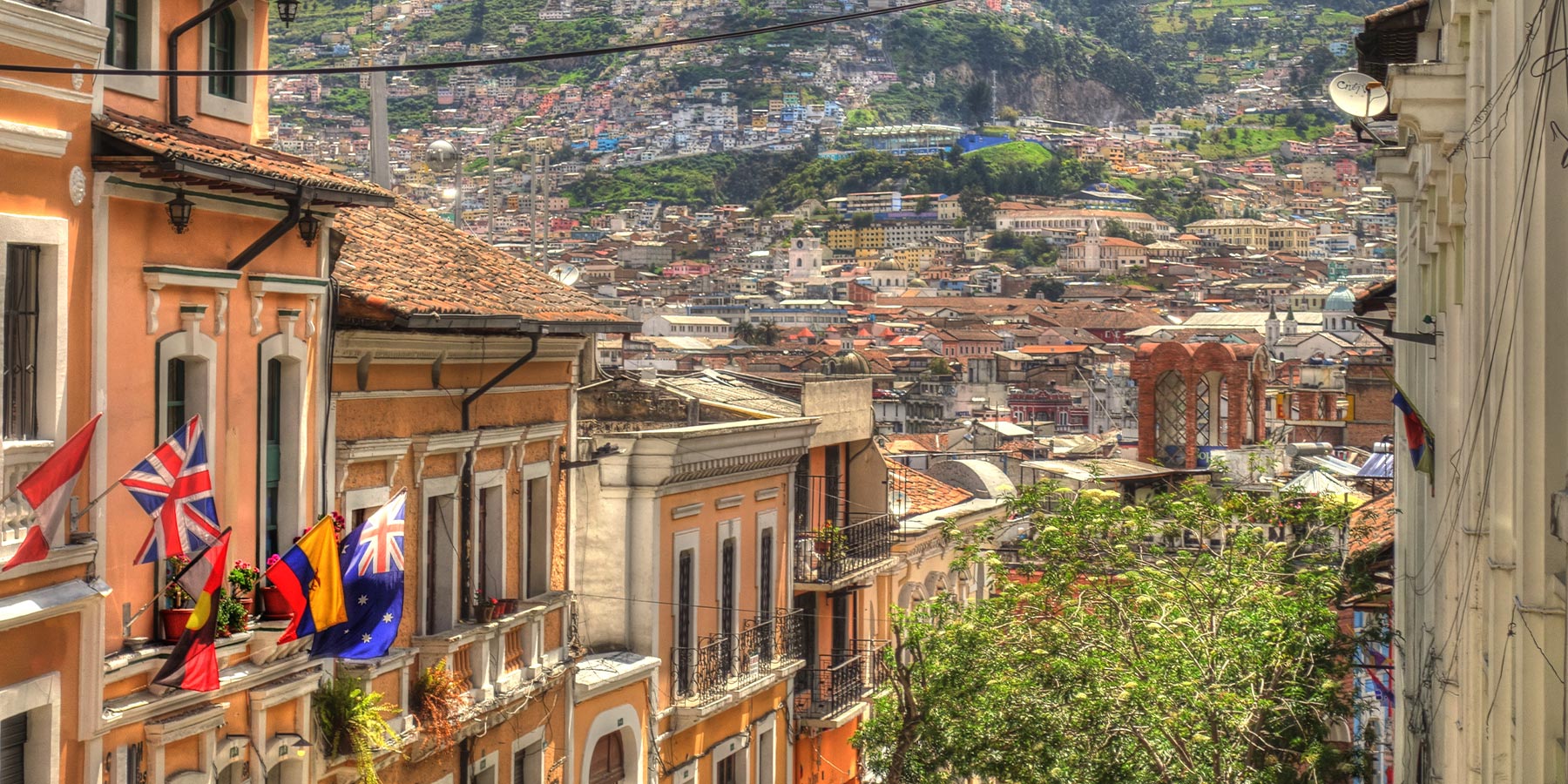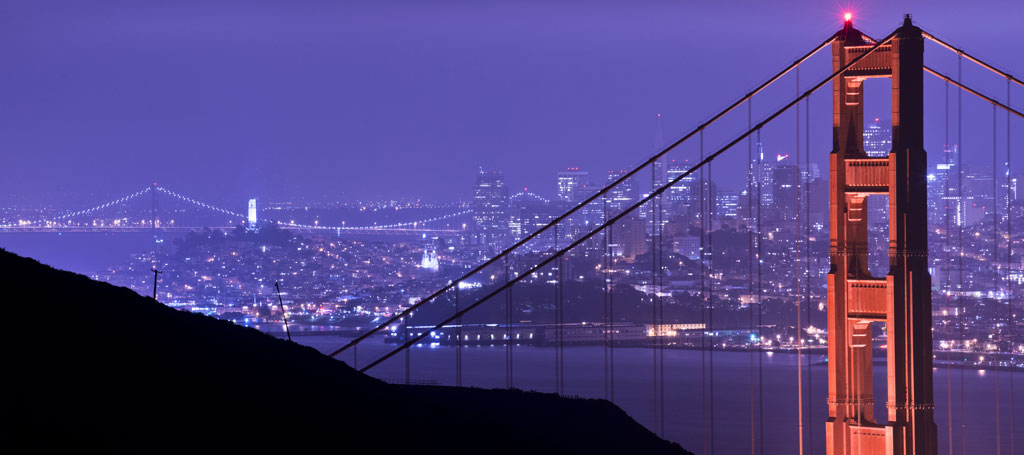
Dufferin Terrace

This point of interest is available as audio on the tour: Visit Quebec, Whispers of the Past
This beautiful walkway is Dufferin Terrace, one of the most popular tourist spots in the city. This was originally the site of Fort Saint-Louis, built in 1620 by Samuel de Champlain. His successor, Governor Montmagny, expanded the residence and built a large, elegant terrace to welcome guests. In 1834, the entire structure was destroyed by fire, and the private estate was replaced with a beautiful public promenade. The first version was inaugurated by Lord Durham and known as Durham Terrace. Six green-and-white kiosks were added, each named after an important historical figure. In 1879, the terrace was reopened under the name Dufferin Terrace, in honour of Lord Dufferin, Governor General of Canada in the late 19th century. While spending his summers at the Quebec Citadel, Lord Dufferin helped transform the city, and he even designed the plans for this promenade himself. Today, the terrace stretches 430 metres and was one of the first places in North America to be fitted with electric streetlights. To your right, you’ll see the terrace’s famous toboggan slides, a beloved winter tradition that’s been around since 1884. From mid-December to mid-March, you can hop on the traînes sauvages, the wooden sleds that can carry up to four passengers and race downhill. Their top speed is around 70 kilometres an hour! Beneath the terrace, you can visit the archaeological crypt of the Forts and Châteaux Saint-Louis site. This was the seat of power for the French and British governors, as well as their official residence, for more than 200 years. You can get a guided tour to explore the remains of four forts and two successive châteaux built throughout Quebec’s early history. Entry is free for visitors under 17, and there are special activities for kids—making it a perfect stop for families.


Discover Quebec with app
An interactive guide through the most beautiful streets, squares, and districts
24 fun audioguides full of historical facts, anecdotes, and legends





Comments